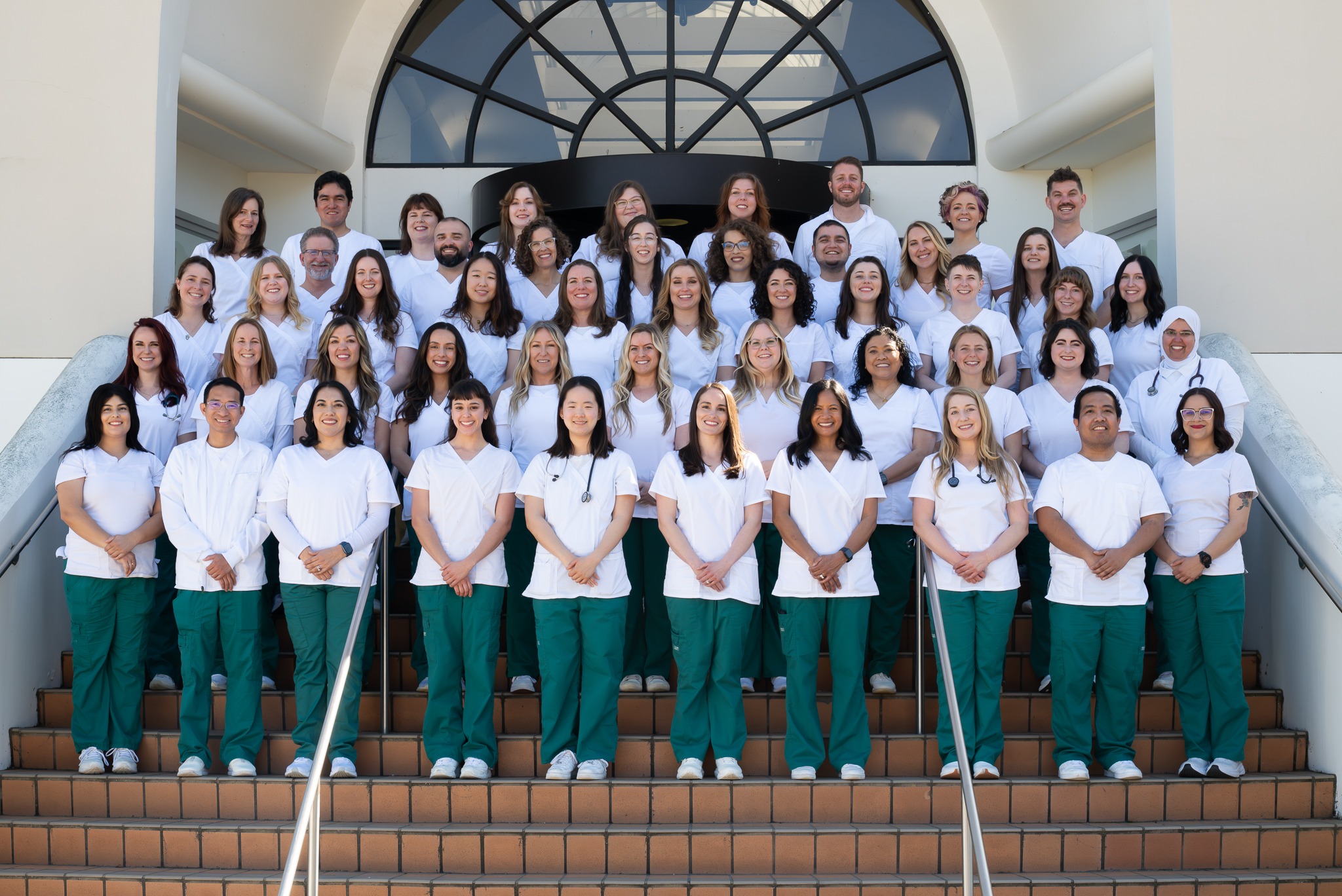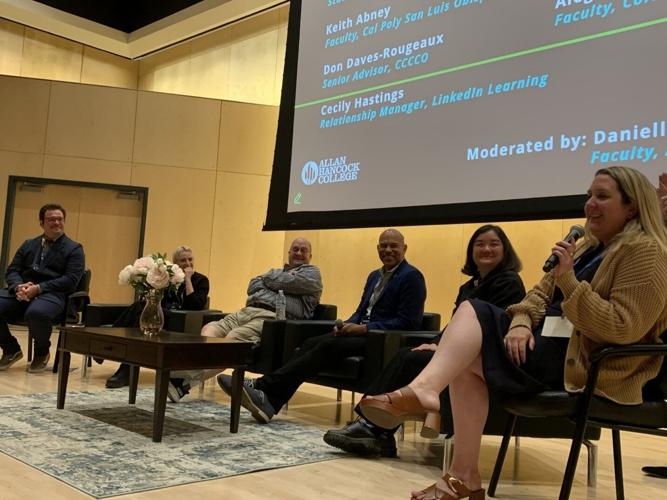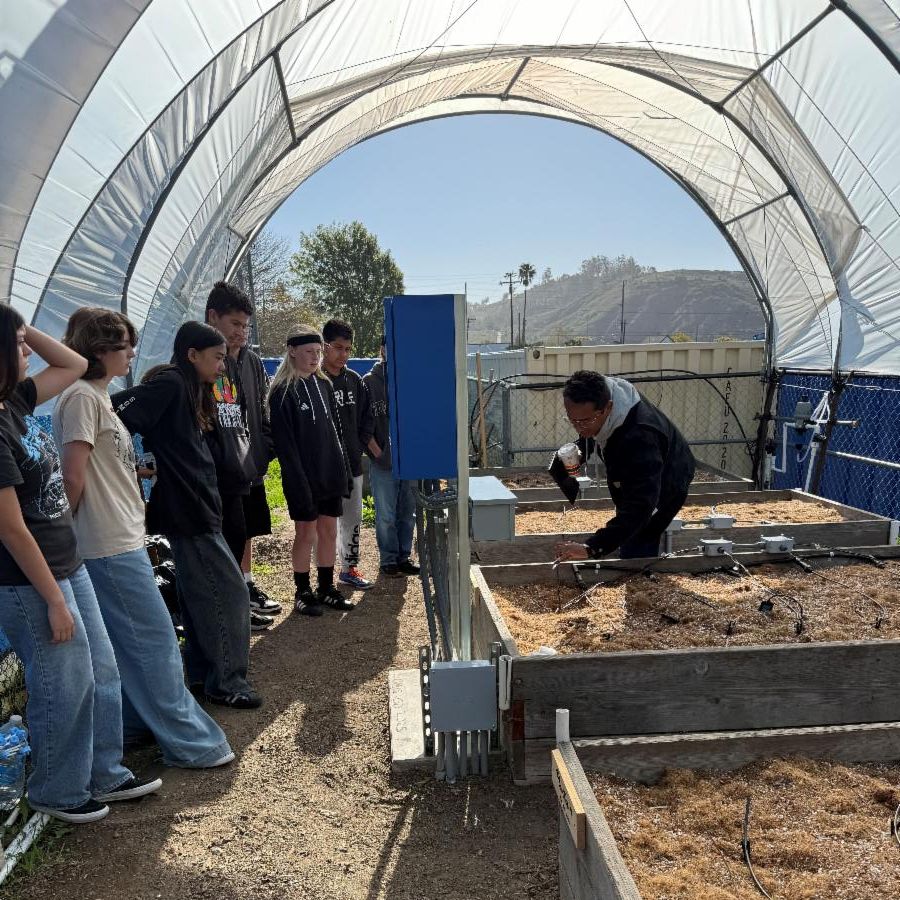The state is investing $45 million in a program to train more chefs and increase cooking from scratch—but labor shortages remain a significant challenge.
When beef brisket is on the menu, Erin Primer relies on an assistant superintendent to tie on an apron, grab a knife, and help slice meat. “Any additional bodies that come in and offer some type of relief, whether it’s wrapping a burger, plating a salad, any of those additional hands are helpful,” she says.
Primer, the food and nutrition services director at San Luis Coastal Unified School District in San Luis Obispo, California, is down 13 people on a team that typically totals 40. About 200 miles north, in the Santa Clara Unified School District, bus drivers pitch in to help serve food, as do some older students. The pandemic has left school kitchens across the country in dire need of workers. Last fall, 95 percent of school districts reported labor shortages in a School Nutrition Association (SNA) survey.
When Primer learned of a program that would recruit school kitchen trainees and pay them to learn the tools of the trade, she immediately volunteered to host and train a few of the inaugural participants. The program is known as the Healthy School Food Pathway program (HSFP), and was created by the Chef Ann Foundation, a nonprofit dedicated to increasing healthy scratch-cooked meals in schools.




